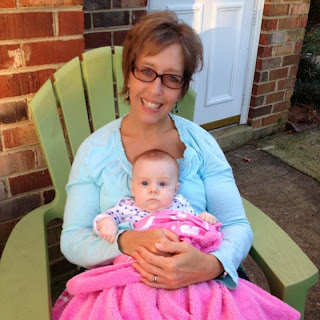This month marks two years since I began this journey
towards my Master’s degree. Since I began,
I have felt an increase in awareness of the culture of the people around
me. I feel that I have always been
mindful of the culture of others in a professional setting, but I have given my
actions more thought in the past two years.
During our course on diversity and equity, I had many
opportunities for self-reflection. I was
able to concentrate more on the way I spoke to others, being aware of things
like microaggressions that might well-intentioned, yet still offensive. In thinking about communication, I do not
believe that I communicate any differently with those of other cultures. Our child care center services a hospital,
and we have a very diverse population of physicians and nurses, as well as
other administrative staff.
One strategy I use to help myself communicate more
effectively with those of a different culture is to first listen. I
believe this is the most important. People will tell you what they want
you to
know. My second strategy is to ask
questions. I love learning about people’s
cultures. There is so much beauty
outside of my home culture and I love seeing that in the families which
we
serve. My third strategy is to
share. If there is a struggle of
cultures between educator and family, it is probably because they do not
understand each other. Just as we need
to know more about their culture to better serve them, they also need to
know
more of our culture to understand why we may not be on the same page.





